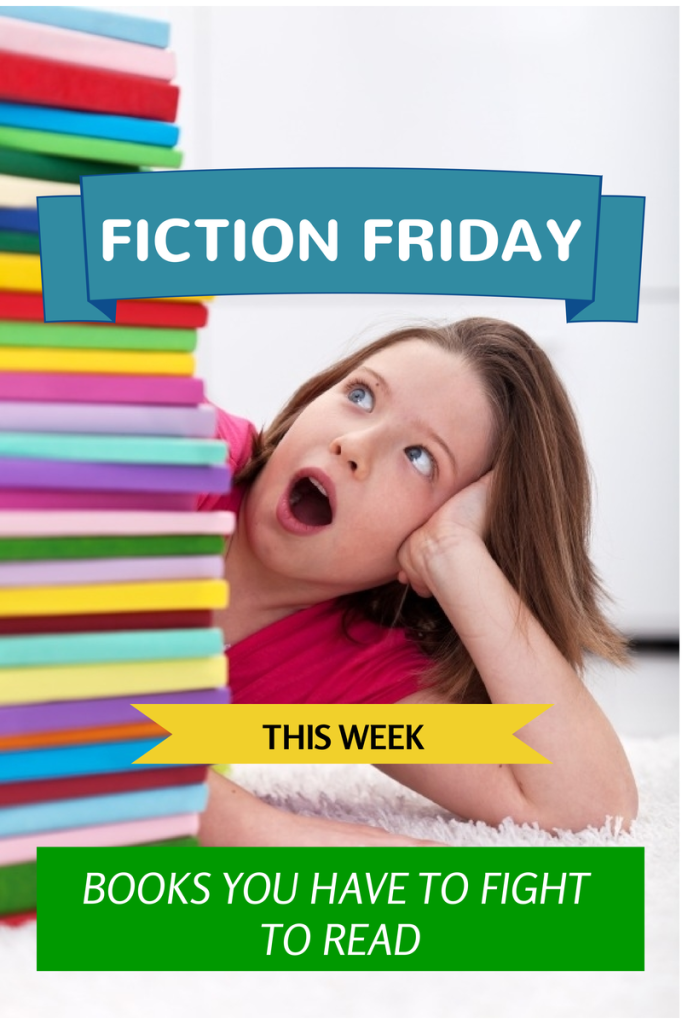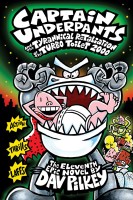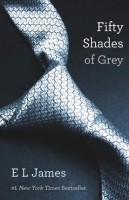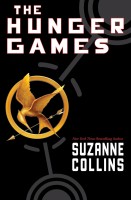Fiction Friday: Banned Books
 Welcome to Fiction Friday.
Welcome to Fiction Friday.
Over the past month I’ve featured book lists here, one made up of summer reading selections chosen by my readers, one with bestseller and most popular lists, and last week the 2014 reading list of the historic Chautauqua Literary and Scientific Circle.
Today here’s another to share with you. Have you ever had to fight to find a book you wanted to read because somebody who oversees your school or public library or local bookstore thought it shouldn’t be allowed on their shelves?
All books go through a selection process, of sorts. There’s not enough room on any institution’s shelves for every book that was ever published. But some books never see the light of day because of content, of viewpoint, of language or explicit sex.
The American Library Association keeps a record of “challenges” to different titles and publishes the results each year. Over the previous decade 5,099 challenges were reported to their office of Intellectual Freedom.
I thought you might enjoy a look at some of the 2013 titles. Have you read any of these? Did you have a problem finding one or more? Do you agree that some of them ought to be kept off shelves?
The entire list can be viewed here, as well as lists for previous years. But here are some of the books I recognized.
 #1: Captain Underpants by Dav Pilkey. The captain’s been challenged for offensive language and violence, as well as for being inappropriate for its age group. In case you don’t know, Captain Underpants features a comic book superhero who inadvertently becomes real in the form of a sadistic elementary school principal, and as Captain Underpants shares adventures with two fourth grade boys from Ohio. Ten books and three spin-offs later the series has won numerous awards and glowing reviews from major sources.
#1: Captain Underpants by Dav Pilkey. The captain’s been challenged for offensive language and violence, as well as for being inappropriate for its age group. In case you don’t know, Captain Underpants features a comic book superhero who inadvertently becomes real in the form of a sadistic elementary school principal, and as Captain Underpants shares adventures with two fourth grade boys from Ohio. Ten books and three spin-offs later the series has won numerous awards and glowing reviews from major sources.
#2: The Bluest Eye by Toni Morrison has been challenged for all the same reasons as #1 plus explicit sex. Toni Morrison, of course, writes literary fiction and has won both the Nobel and Pulitzer prizes. This novel was written in 1970 and was her first. The themes are indeed challenging, as literary themes often are: racism, child molestation, and incest.
 #4: Fifty Shades of Grey by E.L. James. The stated challenges are nudity, offensive language, religious viewpoint, sexually explicit, and unsuited to age group. Fifty Shades is the story of a young woman who falls in love/lust with a powerful billionaire who has “unique” sexual tastes and emotional issues. I will now confess before the world that I’ve read all three books in the trilogy and thoroughly enjoyed them. I’m puzzling over “religious viewpoint,” and I throw up my hands in defeat. This novel is not about religion. It’s about falling in love, overcoming problems, establishing limits and yes, kinky sex. While I wouldn’t give it to my sixteen year old daughter–if I had one–neither would I insist she not read it. What good would that do me, anyway? Besides, it would be a great catalyst for discussion.
#4: Fifty Shades of Grey by E.L. James. The stated challenges are nudity, offensive language, religious viewpoint, sexually explicit, and unsuited to age group. Fifty Shades is the story of a young woman who falls in love/lust with a powerful billionaire who has “unique” sexual tastes and emotional issues. I will now confess before the world that I’ve read all three books in the trilogy and thoroughly enjoyed them. I’m puzzling over “religious viewpoint,” and I throw up my hands in defeat. This novel is not about religion. It’s about falling in love, overcoming problems, establishing limits and yes, kinky sex. While I wouldn’t give it to my sixteen year old daughter–if I had one–neither would I insist she not read it. What good would that do me, anyway? Besides, it would be a great catalyst for discussion.
And yes, come Valentine’s Day, I’ll be at the movies to see just how they manage to put this story on screen.
 #5: The Hunger Games by Suzanne Collins has been challenged for religious viewpoint and as unsuitable for age group. But not for violence? Come on! This is a novel about children killing children. If you’re going to ban a book. . .
#5: The Hunger Games by Suzanne Collins has been challenged for religious viewpoint and as unsuitable for age group. But not for violence? Come on! This is a novel about children killing children. If you’re going to ban a book. . .
I found this one difficult to read but brilliantly done. I didn’t continue with book two and three, but I did see the two movies that are already out and thought they, too, were brilliant. As a parent of pre-teens or teenagers I would have read the book along with them so we could discuss the idea that a society might degrade to the point that children would be taught to kill each other. Then I would sadly bring up the places in the world where this is already happening.
How do you feel about this list? Where do you think lines should be drawn? How should librarians choose books for their stated clientele?
Harry Potter, Of Mice and Men, Catcher in the Rye, I Know Why the Caged Bird Sings and many more have been frequently challenged in the past decade. Yet all these books will stand the test of time even if they’re banned from library shelves by parents and school boards and county commissioners who believe their own standards are the correct ones.
Read the lists, then tell us what you think.
I did a quick read through of the 307 books listed (a number of the same titles appear each year) and saw, at first glance, over a dozen that I have read and cannot understand the reasoning behind their appearance. I’m just thankful that there are as many books as there are people to read them. I appreciate the freedom of choice afforded me and work hard at being non-judgmental. Enjoyed today’s Fiction Friday.
Wasn’t at one time “The Thorn Birds” on the banned list – that has to be one of my all time favorite books!
I also will be sitting in the movie theater on Feb 14th
My 32 year old daughter told me the other day she will not be joining me !
However she is also going ! Really your 32 !
As a children’s librarian I was often asked to review books for ALA, children’s division. I was sent a book entitled, Where Did I Come From by Peter Mayle. It was a cartoon- like illustrated humorous book about sex education for young children. I tried it out on lots of children, various ages and we laughed about top-hat dancing sperm, and you get the picture. We had a blast. When I submitted my review which was very positive it was turned down and the Editorial staff wanted to rewrite my review. I said no!! The book has since been on the shelves of every library that I’ve been in. I hate censorship !!!
I don’t like censorship. The term “slippery slope” is over-used, but it’s the only phrase I can think of that fits. There are some subjects I won’t read about no matter how well written or creative. I want to be uplifted. But I have no desire to deny others the privilege of reading whatever they wish. Children’s books? Parents do have control over their young children’s reading material. Why are they so threatened that they push for censorship?
In my day “Nancy Drew” wasn’t allowed in the library, because they were considered “poor literature”. I had read them when I was a church camp, which is funny when I think of it now!